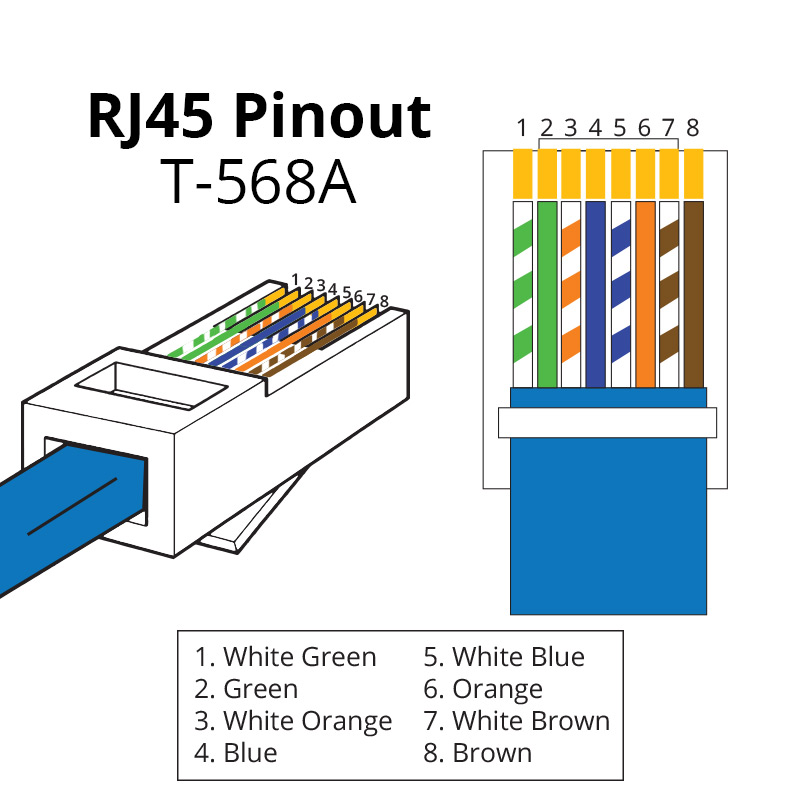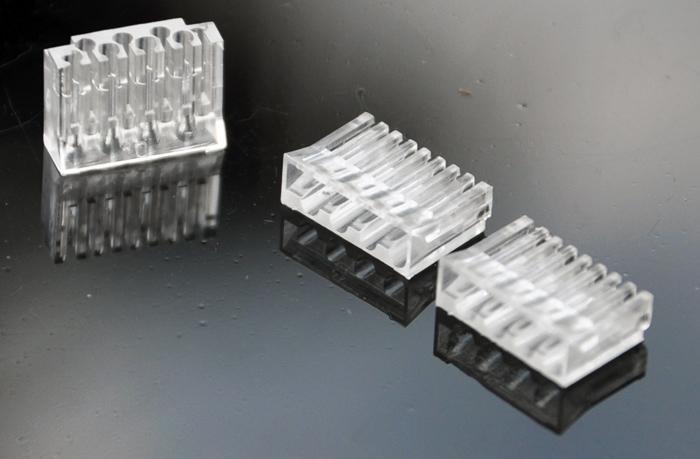netsh mbn show interfaces netsh mbn show radio netsh mbn show signal netsh mbn show readyinfo
Author Archives: tabcom
Crimping CAT6 RJ45 network patch leads
T-568A versus T-568B
There are two wiring pinout standards for network cabling: T-568A and T-568B. As long as both ends of the cable are wired the same way, it does not matter whether you use T-568A or T-568B. The common practice in Australia is to cable to T-568A.
Cable tester
Test your cable using a cable tester. When connecting the cable to a network switch ensure it is operating at 1Gbps (1000Mbps) rather than 100Mbps. If the contacts inside the RJ45 connector are not making proper contact the network speed may be impacted. In most cases re-crimping a new connector will solve any problems.
Load bar
Modern RJ45 connectors come with a load bar; a plastic sleeve used to hold the wires in place. The load bar has slots where the gold plated contacts will punch through the rubber insulation of the CAT6 wires. The load bar helps keeping the wires aligned in a staggered patern.
Make sure to use quality CAT6 cabling with copper core (not aluminium!).
Solid versus Stranded
You can get stranded and solid core CAT6 cabling. Make sure to use RJ45 connectors contacts suitable for the type of CAT6 cabling you are using. Always use solid core CAT6 for in-wall cabling. Virtually all punch-down blocks and wall data outlets are madefor solid core CAT6 cable. Solid core CAT6 cables should not be over-flexed, bent, or twisted beyond the cable recommended specifications. For network patch leads use exclusively stranded CAT6 cabling. Use RJ45 protector sleeves to protect the retaining clip on the connector and to protect the cable from kinking.
Buy quality stranded CAT6 patch cables rather than crimping your own.
UTP versus STP
Shielded Twisted Pair (STP) contains a metal shield to reduce the potential for electromagnetic interference (EMI). EMI is caused by signals from other sources such as electric motors, power lines, high-power radio and radar signals in the vicinity that may cause disruptions or interference, called noise. STP cable encases the signal-carrying wires in a conducting shield. At first glance, it may appear that because STP cable is physically encased in a shield, all outside interference is automatically blocked; however, this is not true.
Just like a wire, the shield acts as an antenna, converting received noise into current flowing in the shield when it has been properly grounded. This current, in turn, induces an equal and opposite current flowing in the twisted pairs. As long as the two currents are symmetrical, they cancel each other out and deliver no net noise to the receiver. However, any discontinuity in the shield or other asymmetry between the current in the shield and the current in the twisted pairs is interpreted as noise. STP cable is only effective at preventing radiation or blocking interference as long as the entire end-to-end link is shielded and properly grounded. To work properly, every component of a shielded cabling system must be just that; fully shielded. So, if STP is not installed correctly, it can actually make things worse.
UTP is more than adequate is 95% of installations. In the 5% of cases where noise is a significant problem, fiber optic cable provides a much better solution that STP.
CAT6 crimping guide
Error 552 – Mail with no date header not accepted here
Problem
When I try to configure an IMAP account in Outlook 2013 it always wants to send a test email to confirm the settings are correct. However, the test email does not contain date headers and is refused by the mail server returning the following error:
Error 552 – Mail with no date header not accepted here.
The email settings are deleted when I click ‘Cancel’ while ‘Next’ simply takes me back to the sending of a test email resulting in an infinite loop.
I am unable to configure my mail account due to the test email being sent not containing date headers.
Solution
None – Microsoft has never fixed this in Outlook 2013.
Workaround
Outlook creates the mail profile as soon as you click Next, then deletes it if the sending of the test email fails. So all you have to do is use Task Manager to kill the active program while it is trying to send the test message. This way, the mail profile settings that were saved just prior to the sending of the test email are kept and not deleted. Then, when you re-open Outlook, assuming you got the settings right, the account should work.




